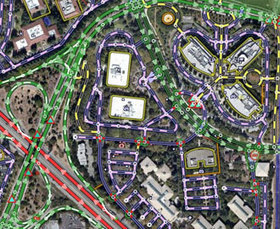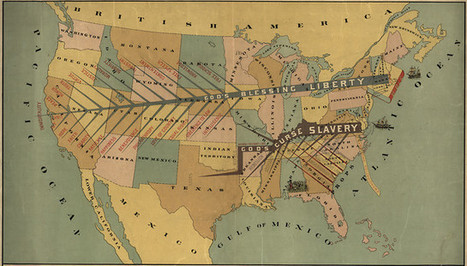An exclusive look inside Ground Truth, the secretive program to build the world's best accurate maps.
Behind every Google Map, there is a much more complex map that's the key to queries but hidden from view. The deep map contains the logic of places: their no-left-turns and freeway on-ramps, speed limits and traffic conditions. This is the data that Google uses to navigate you from point A to point B.
Last week, Google showed me the internal map and demonstrated how it was built- the first time the company has let anyone see how the project it calls GT, or "Ground Truth," actually works.
Google opened up at a key moment in its evolution. The company began as an online search company, but then the mobile world exploded. Now, where you're searching from has become almost as important as what you're searching for. Google responded by creating an operating system, brand, and ecosystem that has become the only significant rival to Apple's iOS.
And for good reason. If Google's mission is to organize all the world's information, the most important challenge -- far larger than indexing the web -- is to take the world's physical information and make it accessible and useful...
Read the entire article for a fascinating look at how Google utilizes mapping systems, geo data, mobile technology, and visual representation to manage massive amounts of data from varying sources, including one of the most important to the success of Google Maps- human intelligence.
Via Lauren Moss



 Your new post is loading...
Your new post is loading...








